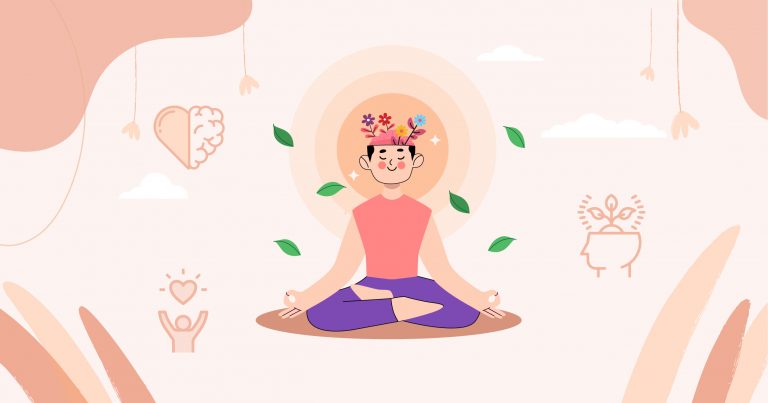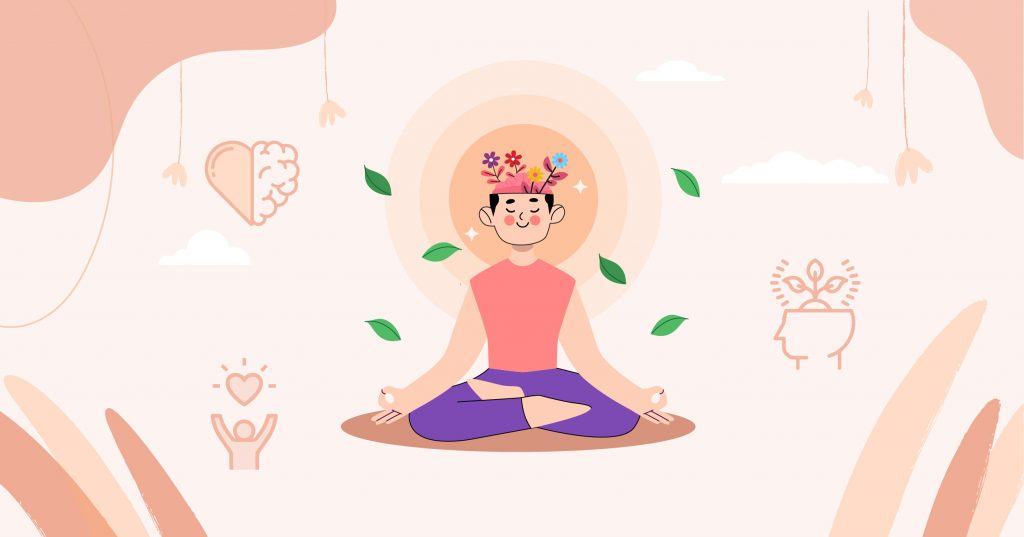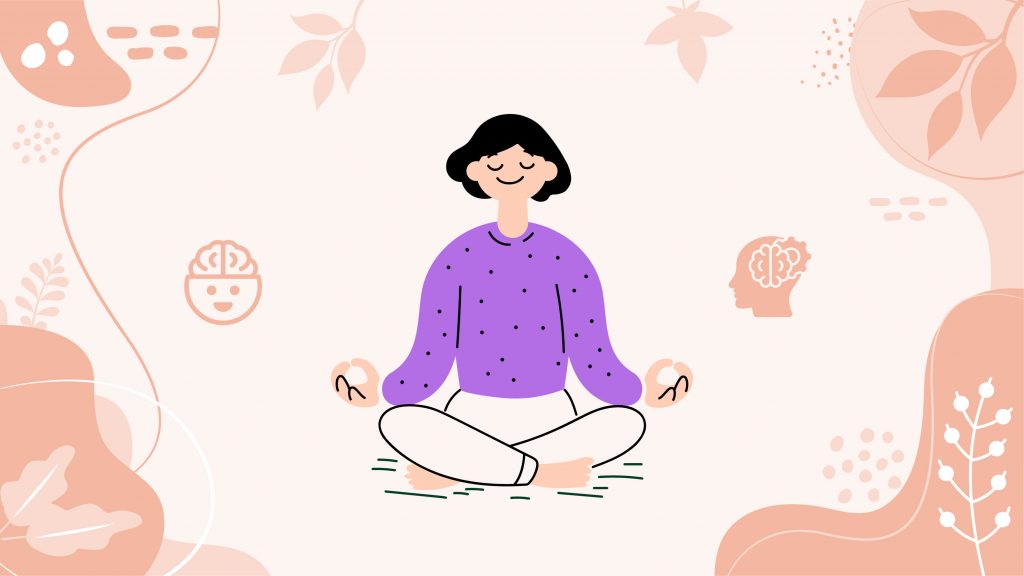The Aesthetic Aspiration
In today’s world, the gym isn’t just a place for health; it’s a battleground for body images sculpted by societal pressures and glossy magazine spreads. As we lace up our sneakers and unroll our yoga mats, we’re not just thinking about heart health or stress relief. No, our minds are also crowded with visions of chiseled abs and perfect poses, all fueled by the endless stream of perfected images on our social feeds.
Whether it’s the pumped-up vibe of bodybuilding, where every rep is a step closer to those mountainous biceps, or the serene world of yoga, where each pose aims not just for inner peace but often for an Instagram-worthy snap, the influence is unmistakable. This chase crafts a culture in our fitness routines where appearance often edges out health on the priority list.
So here we are, caught in a clash of gym cultures. On one side, there’s the pursuit of health—exercising to feel good, stay mobile, and keep our hearts beating strong. On the other, there’s this magnetic pull towards looking good, driven by both social media validation and our own mirrored reflections. It’s a complex dance of motivations, and navigating it requires us to question why we really hit the gym? What’s really motivating us as we step through the gym doors? Is it the pursuit of wellbeing, or are we just slaves to the aesthetic ideal? Recognizing this tension is the first step in balancing our approach to fitness, ensuring we’re lifting weights and striking poses not just to look good, but to truly feel good, too.
The Science Behind Fitness Choices
Ever wonder why we gravitate towards fitness regimes that promise to sculpt or tone our bodies in particular ways? It’s not just vanity; it’s science. Humans are biologically programmed to appreciate beauty, a trait that extends beyond landscapes and art to include our own reflections. This preference for attractiveness is deeply rooted in our survival instincts, historically linked to health and vitality.
When we engage in exercises we believe will enhance our appearance—whether it’s bodybuilding for defined muscles or Pilates for a lean physique—it’s not just about looking good. Neurologically, these activities spark the release of dopamine, our brain’s ‘feel-good’ neurotransmitter. This chemical release acts like a pat on the back from our brain, rewarding us for pursuing activities that align with societal beauty standards.
This dopamine boost is more than just a momentary pleasure; it reinforces the behavior, making us want to continue those activities that make us feel good about how we look. It’s a powerful cycle: societal ideals shape our fitness choices, and our neurological responses reinforce these decisions, all illuminated by the glow of dopamine. So, next time you choose a workout based on its aesthetic benefits, remember—it’s not just societal pressure; your brain’s wiring for beauty plays a pivotal role too.
It’s a fascinating interplay that societal expectations guide our exercise choices, and our brains reward us for following through on these culturally endorsed behaviors. The next time you opt for a workout that promises aesthetic benefits, consider how deeply your brain’s desire for beauty is influencing your choice, reinforcing the link between cultural beauty standards and personal fitness goals.
Subscribe to newsletter
Get your Gut Health Starter Guide right now.
Elevate your Tuesdays with practical, science-backed wisdom propelling you forward on your gut health journey.

Tips to Choose Your Path Wisely
- Set Diverse Goals: While it’s natural to be drawn to exercises that enhance appearance, try to balance these with goals related to strength, endurance, and flexibility. For instance, if you’re focused on bodybuilding, consider incorporating cardio and yoga to improve your overall fitness and mental well-being.
- Mindful Exercise Selection: Choose exercises not only for their aesthetic benefits but also for how they make you feel. If a workout leaves you feeling great mentally and physically, it’s more likely to become a sustainable part of your routine. Listen to your body and notice which activities boost your mood and energy levels.
- Educate Yourself on Neurochemistry: Understanding how dopamine influences your fitness choices can empower you to make decisions that align with long-term health and well-being, rather than just short-term gains. This knowledge can help you manage expectations and find satisfaction in the process, not just the results.
- Broaden Your Fitness Influences: Expose yourself to a variety of fitness cultures and communities that prioritize health and wellness over aesthetics. This can broaden your perspective and reduce the pressure to conform to narrow standards of beauty.
- Celebrate Non-Aesthetic Gains: Make a conscious effort to recognize and celebrate improvements in areas like stamina, flexibility, or mental clarity. Keeping a fitness journal can help you track these less visible but equally important benefits.
- Redefine Beauty for Yourself: Challenge societal standards by defining what beauty means to you. This personal definition can guide your fitness journey away from societal pressures and towards more personal satisfaction.
From Vanity to Vitality
Elena’s journey into the world of yoga began with a single, beauty-driven goal: to stay as slender as the fashion industry demanded. “Initially, it was all about maintaining a certain image,” Elena recalls. “I saw yoga as just another requirement to keep my figure within the industry standards.”
But as she continued her practice, something shifted. Yoga sessions became less about the external and more about internal exploration and harmony. “I found myself looking forward to the peace and clarity that came after each session,” she says. “It was transformative. I became stronger, more flexible, and yes, toned—but more importantly, I felt grounded and centered.”
This transformation wasn’t just physical. Elena noticed profound changes in her mental and emotional health. “Yoga taught me to appreciate my body for its strength and resilience, not just its appearance. I learned to respect it, not just for how it could look in clothes but for what it could endure and achieve.”
Today, Elena advocates for a wellness-focused approach to fitness. “I encourage everyone to find an activity that nurtures both body and soul. For me, yoga was that activity. It started with a superficial goal, but it led me to a path of genuine health and well-being.”


















